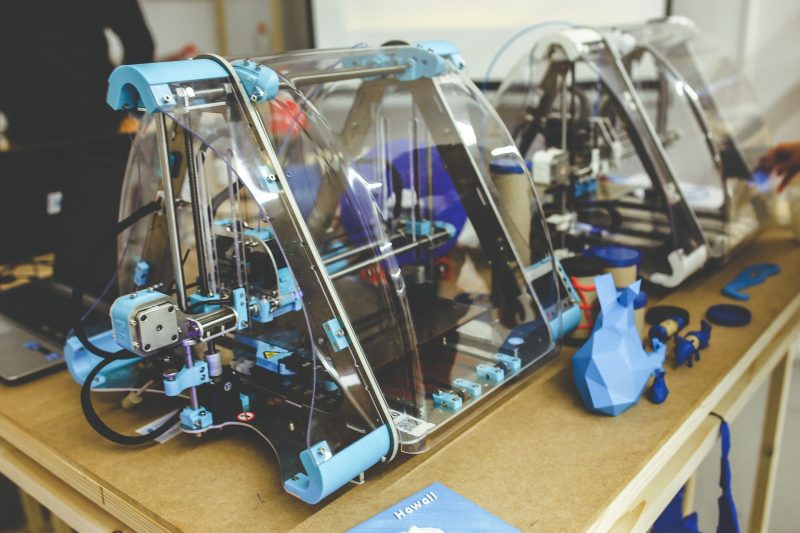Inside Quantum Technology’s “Inside Scoop:” Quantum and 3D Printing

Like other articles within the “Inside Scoop” article series, this one discusses the intersection of two next-generation technologies. While still in development, Quantum computing promises significant advancements, from better security measures to faster and more optimized processing. 3D printing, in contrast, is already being used to help a wide variety of industries, from aeronautics to home-building to healthcare. While these two technologies have yet to integrate appropriately, many experts believe that when this happens, it could lead to significant transformations. According to Matt Kremenetsky, a staff writer for 3D-Print.com, “In the long run, quantum computing could bring significant benefits to the 3D printing industry in countless ways. To name just a few: quantum computing could aid in the development of advanced materials with optimal properties for specific applications, it could facilitate increasing integration between 3D printing and robotics, and generally, could support the processing of production and distribution data, across the life cycle of every product, in quantities that would be unmanageably large without quantum.” While these benefits could help in many fields, mixing these two technologies could also be incredibly costly.
Some Specific Areas that Quantum Computing and 3D Printing May Overlap
While both quantum computing and 3D printing seem to affect multiple industries, there are a few key fields that may make the most impact. One is in the field of quantum sensing. According to a 2022 IEEE article, researchers at the University of Nottingham used 3D-printed components in an ultracold quantum experiment, allowing the entire system to shrink by 70%! Because ultracold systems are used for quantum sensors, like atomic clocks or gravitometers, having smaller sensors could make the entire system more mobile and deployable, expanding where it can be used. This could be transformative, especially for industries like the military or space exploration.
Another key industry is the quantum computing industry itself. Some 3D printing companies, specifically Nanoscribe, a 3D printing start-up from Sweden, have already released a 3D printer designed explicitly for photonic chips and optical fibers. This printer, known as Quantum X, could help to make some of the critical components for quantum computers more cost-effectively and efficiently, saving quantum computing companies time and money in the long run. As many quantum computers are being developed with photonic integrated circuits, this type of printer may play a big role in the future of quantum computing’s development.
3D Printing Does Come with a Cost
Unfortunately, these two technologies’ intersection comes with some significant costs. “One of the greatest difficulties in implementing quantum computing into 3D printing is that the software side of 3D printing is still, on the whole, at a very early stage in its adoption of cloud computing, which suggests that quantum would be far more difficult still to introduce into the industry at-large,” explained Kremenetsky. “Of course, that will change as the 3D printing industry’s adoption of the cloud accelerates, a process which has started in the last few years. That is essentially a problem that can only be solved alongside the maturation of both technological fields as the number of individuals familiar with each technology increases: this should also lead to the growth of the pool of people familiar with both quantum and 3D printing.” This problem could be overcome with quantum computing and 3d printing software education once the cloud components are adequately developed for each.
Kenna Hughes-Castleberry is a staff writer at Inside Quantum Technology and the Science Communicator at JILA (a partnership between the University of Colorado Boulder and NIST). Her writing beats include deep tech, the metaverse, and quantum technology.





















